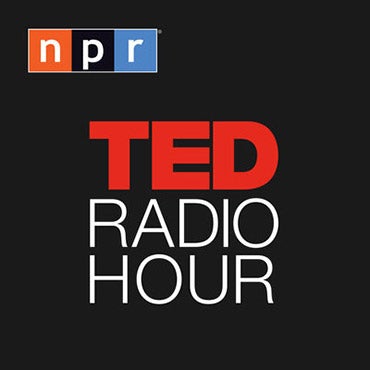Philly high school students ‘die-in’ after recent grand jury decisions [photos]
ListenThe grassroots outrage in Philadelphia continues following the non-indictments in the Michael Brown case in Ferguson, Missouri, and Eric Garner case in Staten Island.
On Friday, students at three of the Philadelphia School District’s top-performing high schools staged a dramatic protest of what they see as miscarriages of justice.
At exactly 11:43 a.m., about 100 of Science Leadership Academy’s 500 students gathered in the second-floor hall and, at the sound of a whistle, dropped to the floor as if stamped out of existence.
The student-led protest, organized via Twitter, followed other “die-ins” that have occurred across the country recently. Similar student-led activities took place Friday morning at Central and Masterman high schools.
At SLA, the silence lasted four minutes and 30 seconds, a nod to the four and a half hours that Michael Brown’s body lay in the street untouched after being shot by Officer Darren Wilson.
“It’s sort of like a way of saying, we are not OK with what’s happening. Like, if we do nothing, then we’re saying we’re OK with it,” said senior Nomi Martin-Brouillette, a white student who helped organize the event. “Silence equals consent.”
Junior Soledad Alfaro-Allah, a black student who is the city’s youth poet laureate, said she’s been overcome with emotion because of the recent rulings.
“Us falling to the ground symbolizes the possibility that it could have been any of us …” she said. “Mike Brown looks like my brothers, and he looks like my father, and Philadelphia isn’t that different from Ferguson.”
(To hear Soledad recite from memory a poem inspired by the Brown and Garner cases, click the play button above.)
During the protest, students held signs saying “Black Lives Matter” and “We can’t breathe,” the latter a reference to Garner, who died after Officer Daniel Pantaleo forced him to the ground in a chokehold.
For West Philly senior Ruby Jane Anderson, recent events prove that prosecutors are too closely allied with law enforcement officers.
“Which is why we need things like civilian review boards,” she said. “I think that inherently having prosecutors prosecute police isn’t going to work because they’re on the same side.”
Not every student at SLA, of course, has reacted to the decisions in the same manner. While some have been quicker to fault what Anderson called the justice system’s “institutional racism,” others have been more defensive of the perspectives and responsibilities of police officers.
Teachers and staff, though, say that, despite disagreements, students have dealt with their emotions in a civil and productive way.
“Students have done a good job of saying, ‘This is how I feel, and this is what I’m wondering about’ – as opposed to, ‘This is what I think, and this is what I oppose,'” said English teacher Larissa Pahomov, who has used the Brown and Garner cases as the topics of writing assignments.
“The culture here is such [that] our first core value is inquiry,” she said. “So what are you going to do? You’re going to ask questions.”
English teacher Matthew Kay related a story about a 10th-grade class he recently taught where discussion of the decision not to indict Wilson brought students to a momentary consensus that sometimes the rule of law should be abolished for the public to “do what’s right.”
But then, when Kay drew parallels between that mentality and that of a lynch mob, the students turned in their tracks.
“They left feeling conflicted, which is what I want. I want there to be some disequilibrium. I want them to leave the class feeling like … this is a complicated thing,” said Kay.
After being specifically outraged by the Garner decision, junior Aaron Block, a white student, said he supported Friday’s die-in. But he chose not to participate in the protest partly because organizers asked students to differentiate based on race.
The black students were to lie down as if dead. The rest were to sit in solidarity.
“To me that kind of makes it seems like we’re not equal. And I understand that black people are lying down and white people are sitting because it’s the black people being killed,” he said. “But everybody lying down, I think, would demonstrate that we’re the same.”
SLA principal Chris Lehmann joined the silent protest. What was going through his mind for those four and a half minutes?
“No. 1, about how much work we have to do as a nation,” he said. “But, more importantly, I was thinking of how proud I was of the students for organizing this and coming together around this and what a special bunch of students I’m lucky enough to work with every day.”
Education advocates, teachers union officials and faith leaders also gathered Friday to shed a local light on the Brown and Garner decisions – drawing comparisons to the school district’s ongoing funding crisis.
“To be clear, what happened in Ferguson and New York are very different from what’s going on with public education in Philadelphia. But they are all a part of the same racist thinking that devalues the lives of black and brown children,” said Philadelphia Federation of Teachers president Jerry Jordan in an official statement.
“As educators, it is up to us to help our students voice their feelings, fears and frustrations.”
WHYY is your source for fact-based, in-depth journalism and information. As a nonprofit organization, we rely on financial support from readers like you. Please give today.










